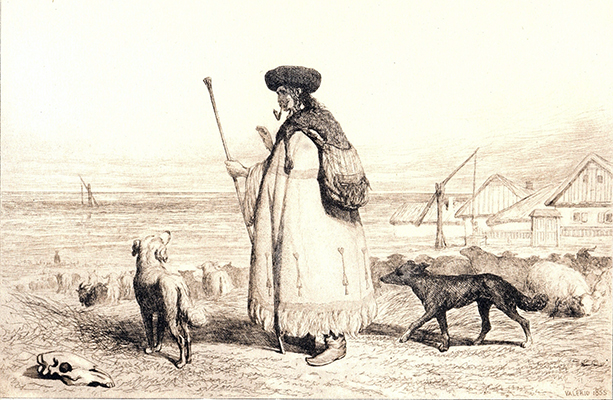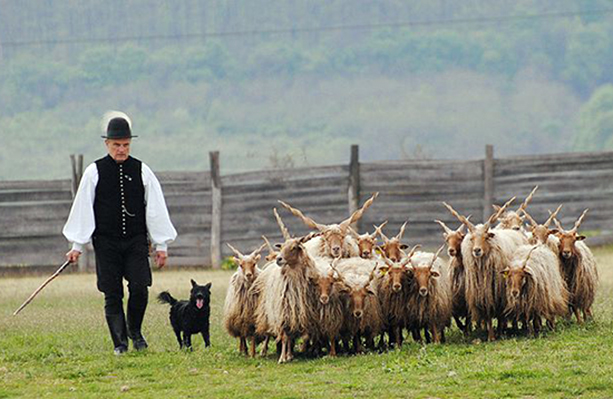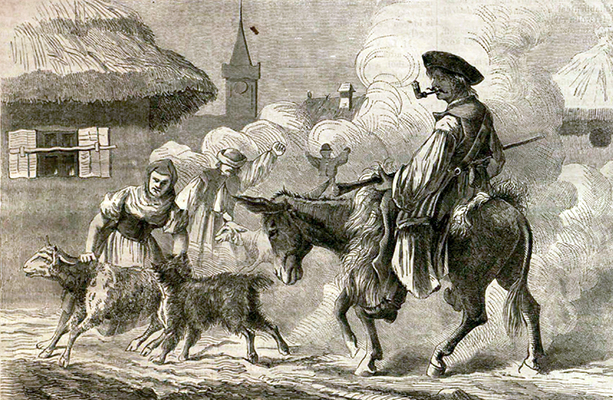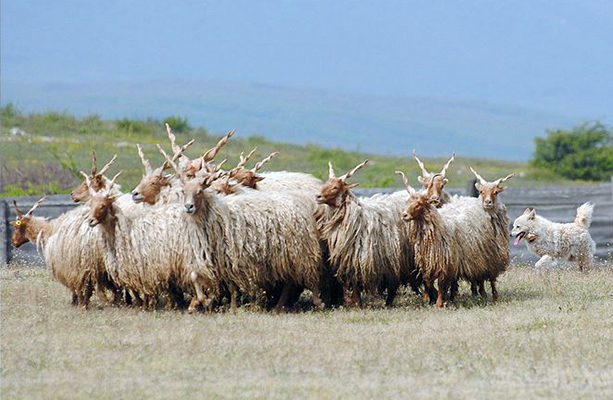Welcome to Nine Hungarian Dogs
Mudi | Mudi
[mudi]
Canis familiaris ovilis Fényesi
Herding Dog
Mudi, a relatively new breed created to assist around farms, is a vigilant servant for its master.
Canis familiaris ovilis Fényesi
Herding Dog
Mudi, a relatively new breed created to assist around farms, is a vigilant servant for its master.
History
The Mudi is one of the youngest breeds of all the Hungarian dogs. It resulted from breeding the Puli and the German-originated Spitz-type of dogs. The first mention of the Mudi was in the late 18th century. The name likely originated from an 18th-century shepherd, Tóth Mihály, who named his dog Mudi. It officially began to be bred in 1936.
Details
Etymology
Hungary’s newer breeds arose by crossbreeding ancient breeds with French and German dogs, like the Mudi. The name likely originated from an 18th-century shepherd, Tóth Mihály, who named his dog Mudi.
Physical Characteristics
Mudi is a curly-coated, sturdy small-to-medium sized dog. Its wedge-shaped head with erect ears differentiates them from their ancestor, the Puli. Its dark brown eyes are oval and slightly slanted. Originally, only the black-coated Mudi was accepted as standard. Its organized breeding started later than the other two shepherd dogs. Thus, their pedigree is still open, and they accept gray and brown-coated Mudis as well. The average height is 16–19 in (38–47 cm) and weight is between 21–29 pounds (8–13 kg).
Personality
Mudi used to be called "driving dog" because of their ability to run in front of a flock and keep them together on command. The Mudi is intelligent, sometimes over-enthusiastic and eager to work. Its restless, vigilant personality is always ready to serve. The Mudi is less sensitive and more motivated than the Puli. It is also excellent with children and keeps wandering children together with their group during a hike.
Ideal Lifestyle
The Mudi, like its ancestor the Puli, needs a lot of activity and a job to do. Its restless nature can't tolerate a household without children or plenty of opportunities to be outside.






